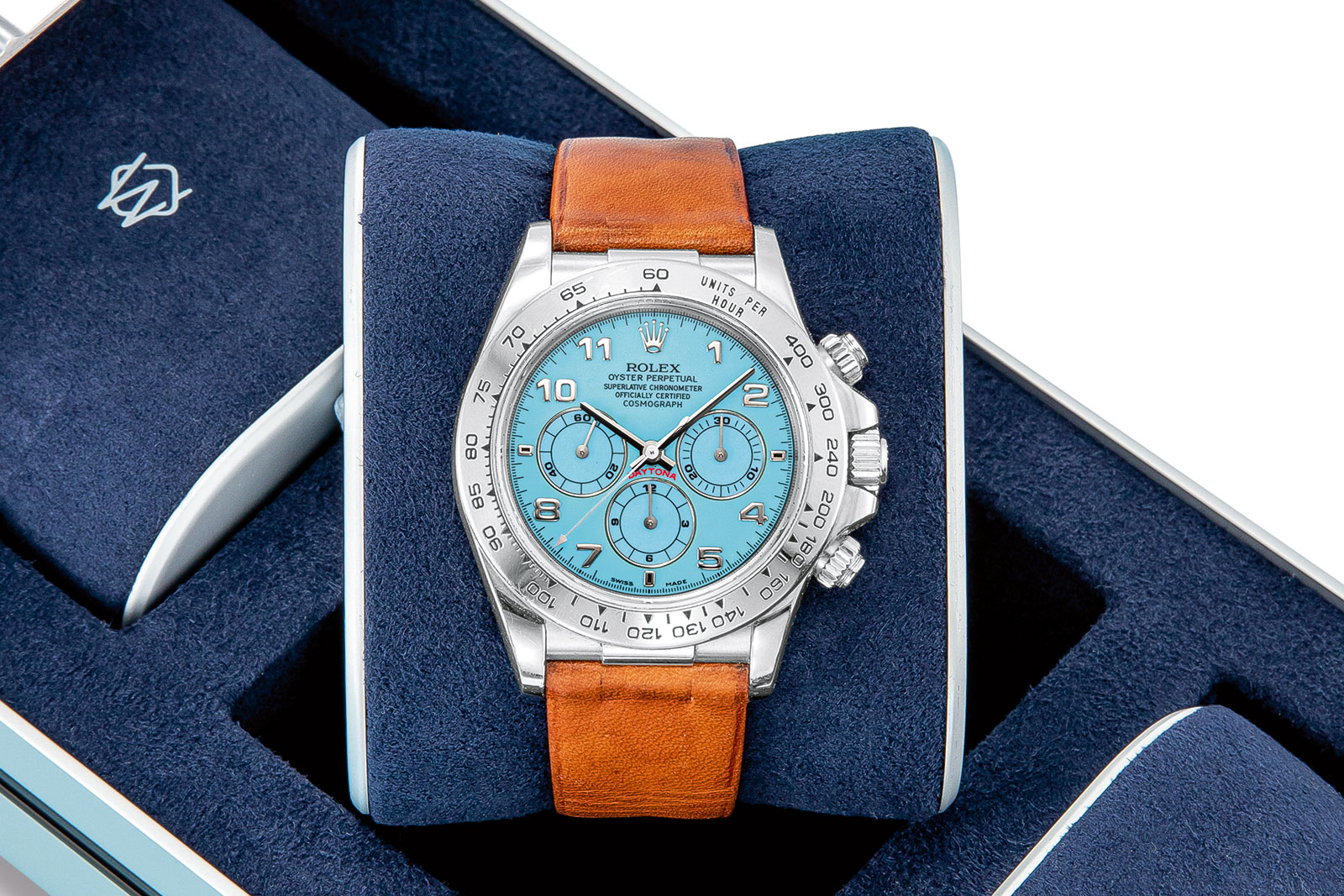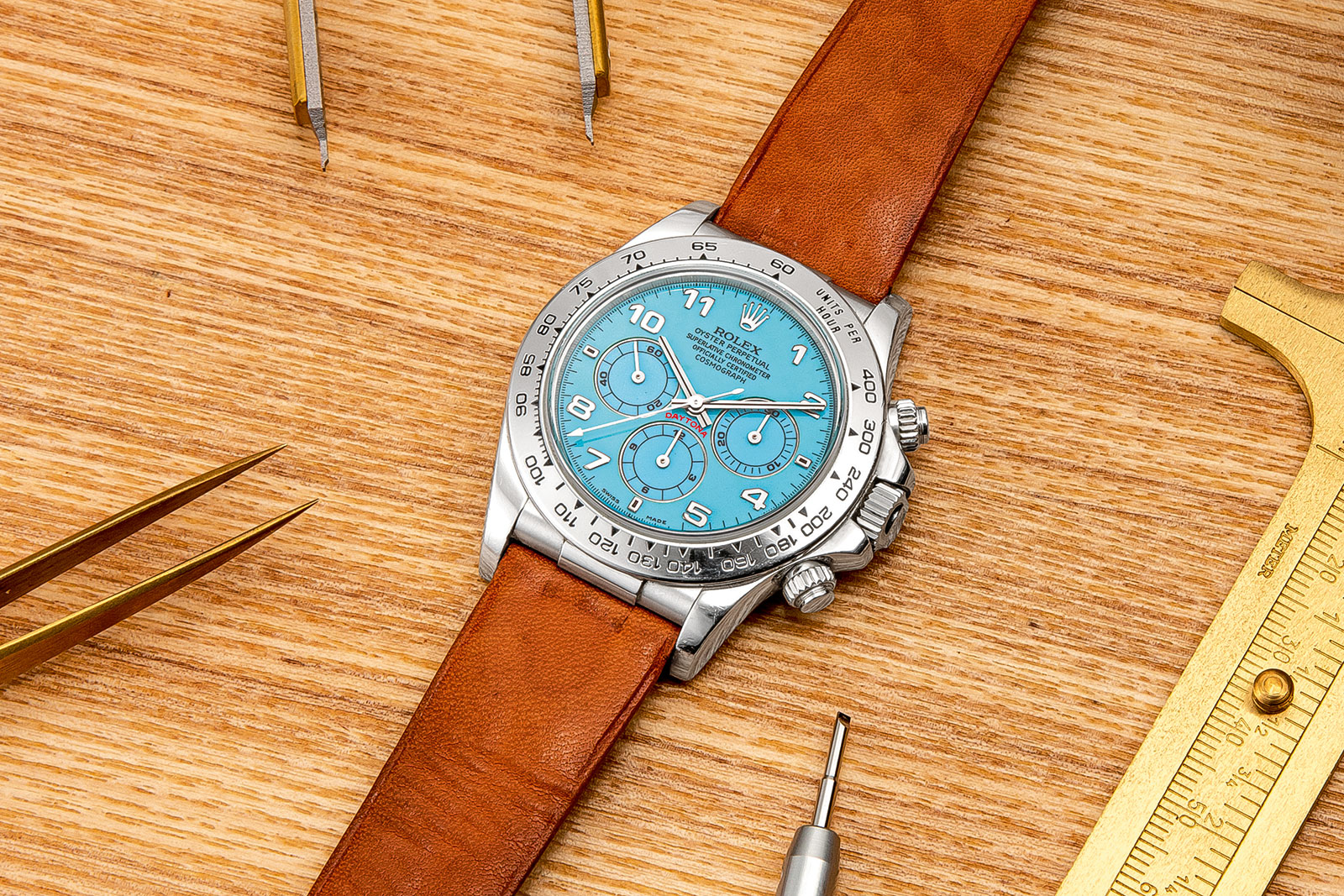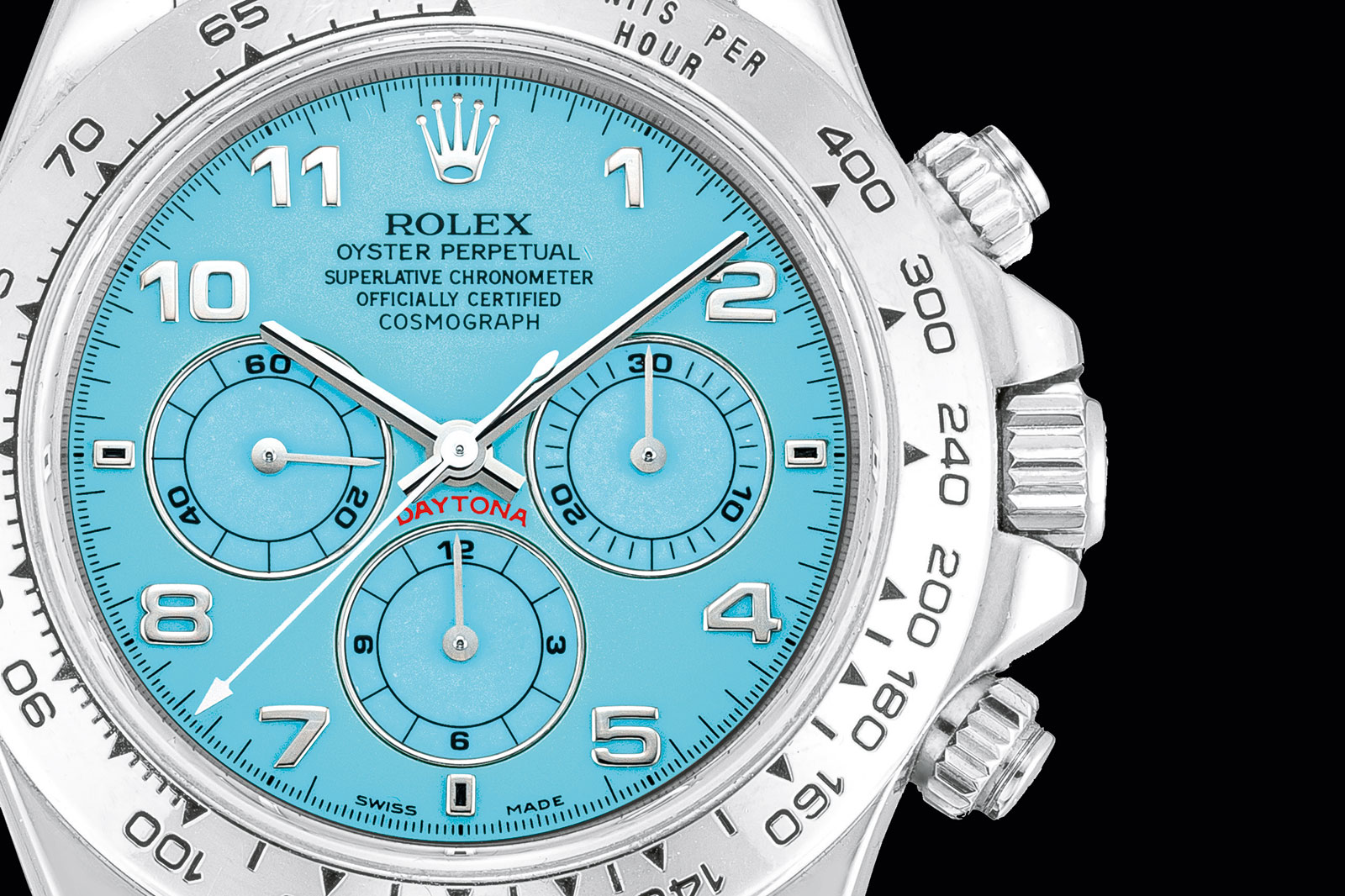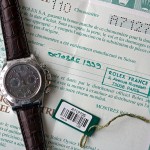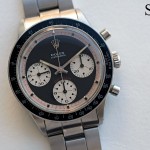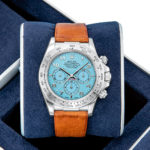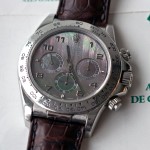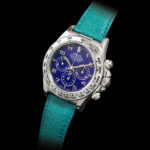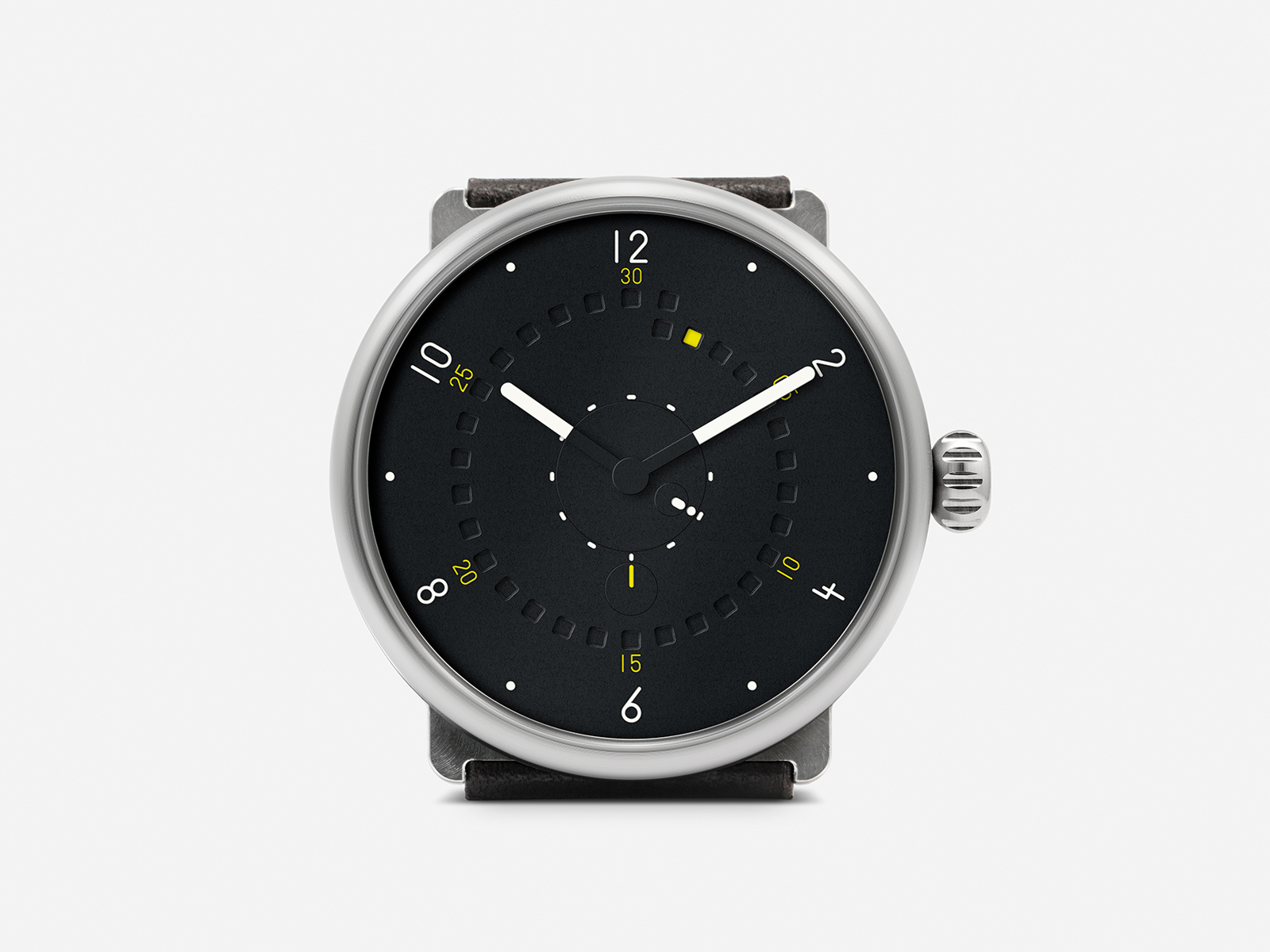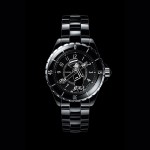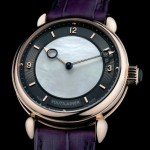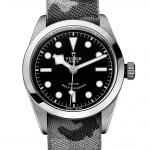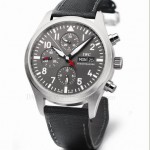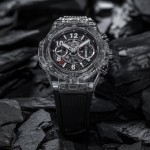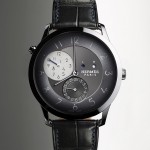Founded by watchmaking genius Ludwig Oechslin, best known for the inventive timepieces he created for Ulysse Nardin like the Freak and Trilogy of Time, Ochs und Junior specialises in brilliantly simple complications that are minimalist, functional, and idiosyncratic in style. Dr Oechslin is best known for his calendar complications, particularly the Perpetual Ludwig he invented for Ulysse Nardin, which remains the centrepiece of his latest wristwatch, the Calendario Cent’anni.
Italian for “hundred-year calendar”, the Calendario Cent’Anni (CCA) will indicate the calendar till the end of this century, like most other perpetual calendar watches, but it is executed in Ochs und Junior’s inimitable style. And while the CCA retains the Ochs und Junior look, it will be offered in three fixed variations (each named after a Roman numeral), instead of being endlessly customisable as the first-generation Ochs und Junior perpetual calendar was.
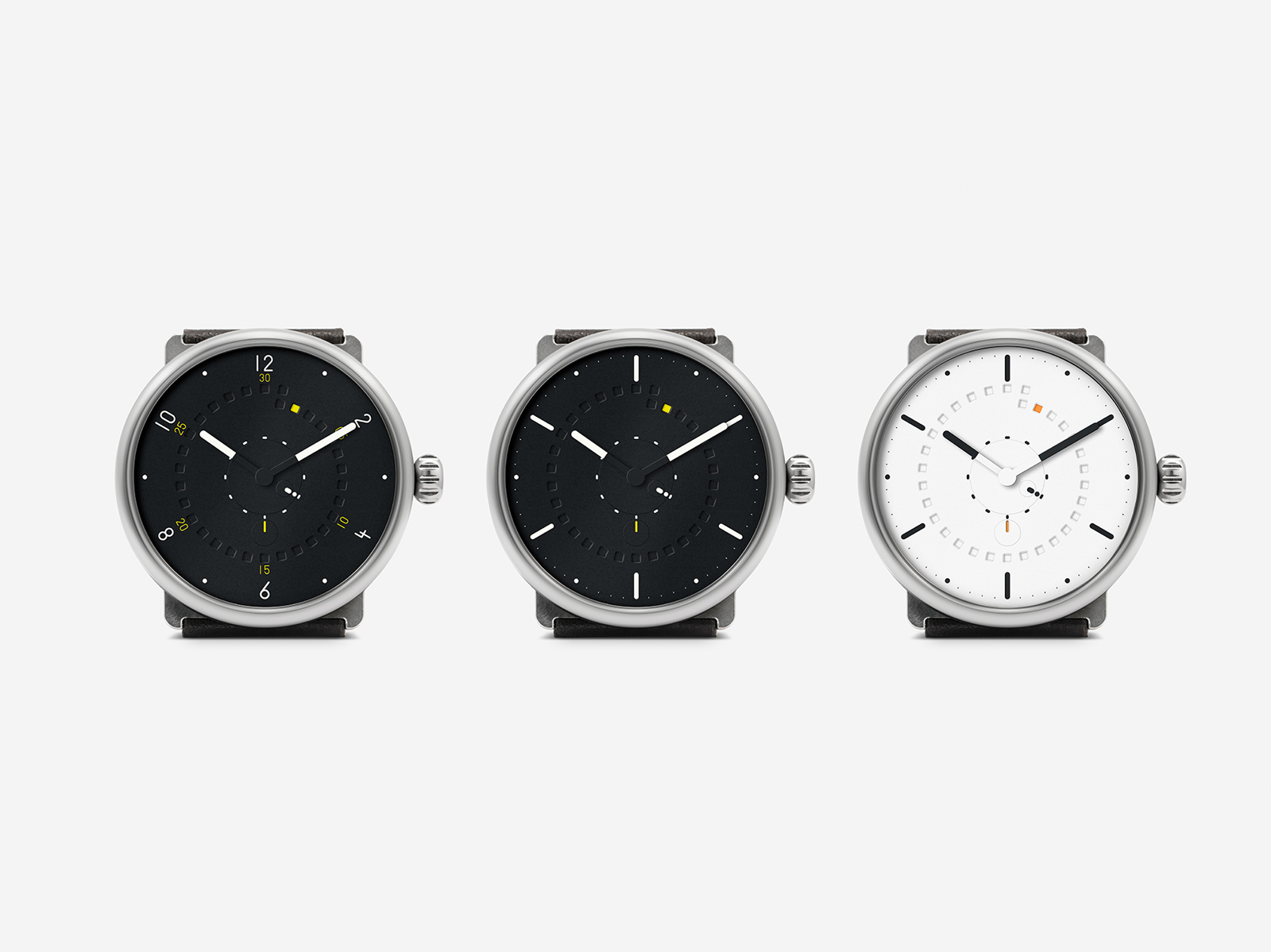
From left: CCA III, II and I
Initial thoughts
Perpetual calendars were once an expensive complication, but the proliferation of mass-produced as well as unconventional, streamlined calendar mechanisms have brought about many affordable perpetual calendars, with the cheapest starting at around US$9,000.
But few perpetual calendar watches are as interesting as Dr Oechslin’s invention. While it does cost more than the most affordable perpetuals with a retail price of about US$16,600, the CCA is truly innovative. Dr Oechlin’s perpetual calendar mechanism comprises only nine parts, with no buttons required for setting the calendar.
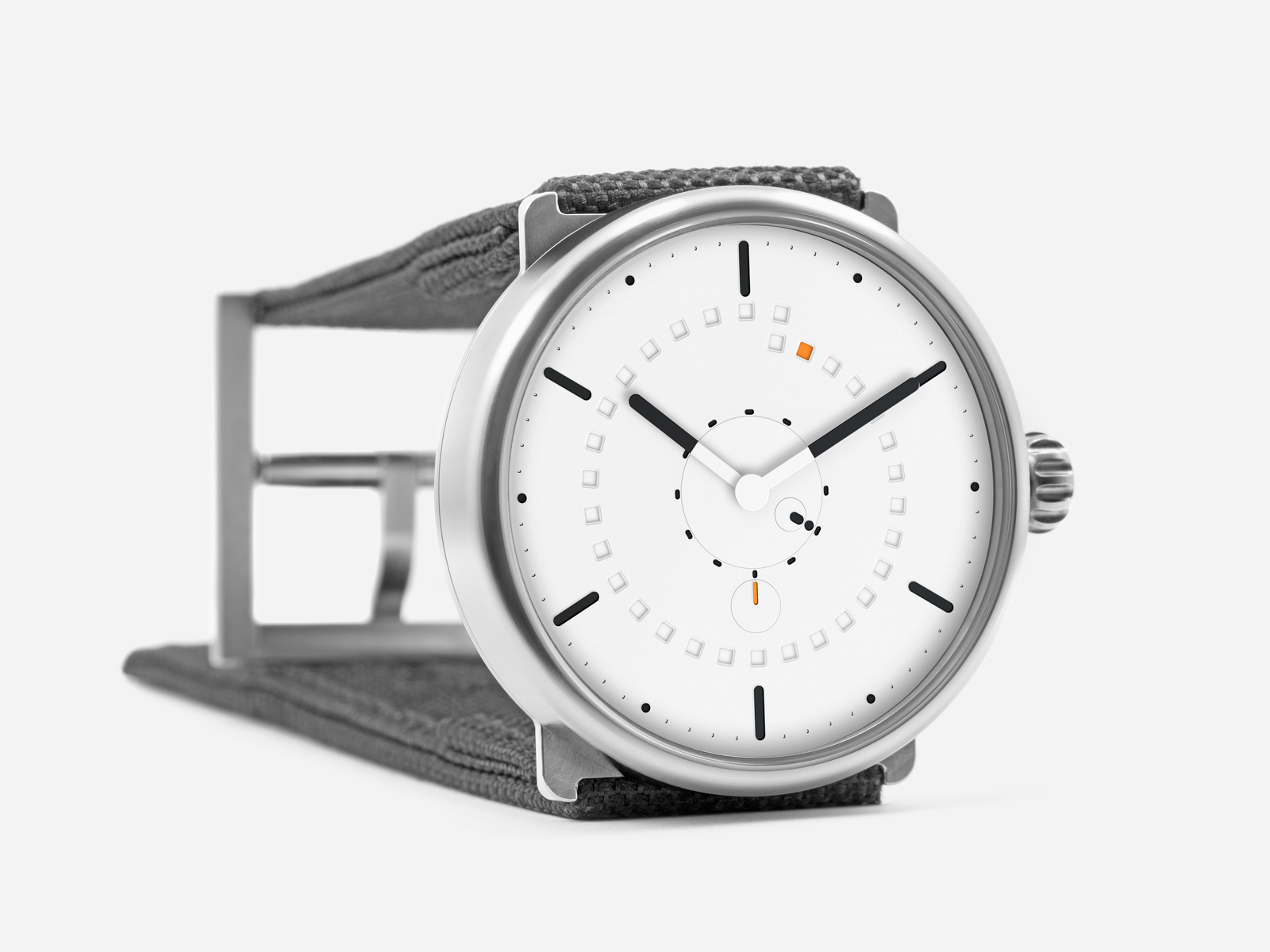
Admittedly, the CCA is clearly based on the first Ochs und Junior perpetual calendar, but the original an innovation in itself, and takes nothing away from the cleverness of the Cent’Anni.
Another highlight of the CCA is its design, quintessentially Ochs und Junior in style, but ever so slightly tweaked, making it distinct from the brand’s earlier watches. And it is of course vastly different from most other brands and instantly recognisable as an Ochs und Junior.
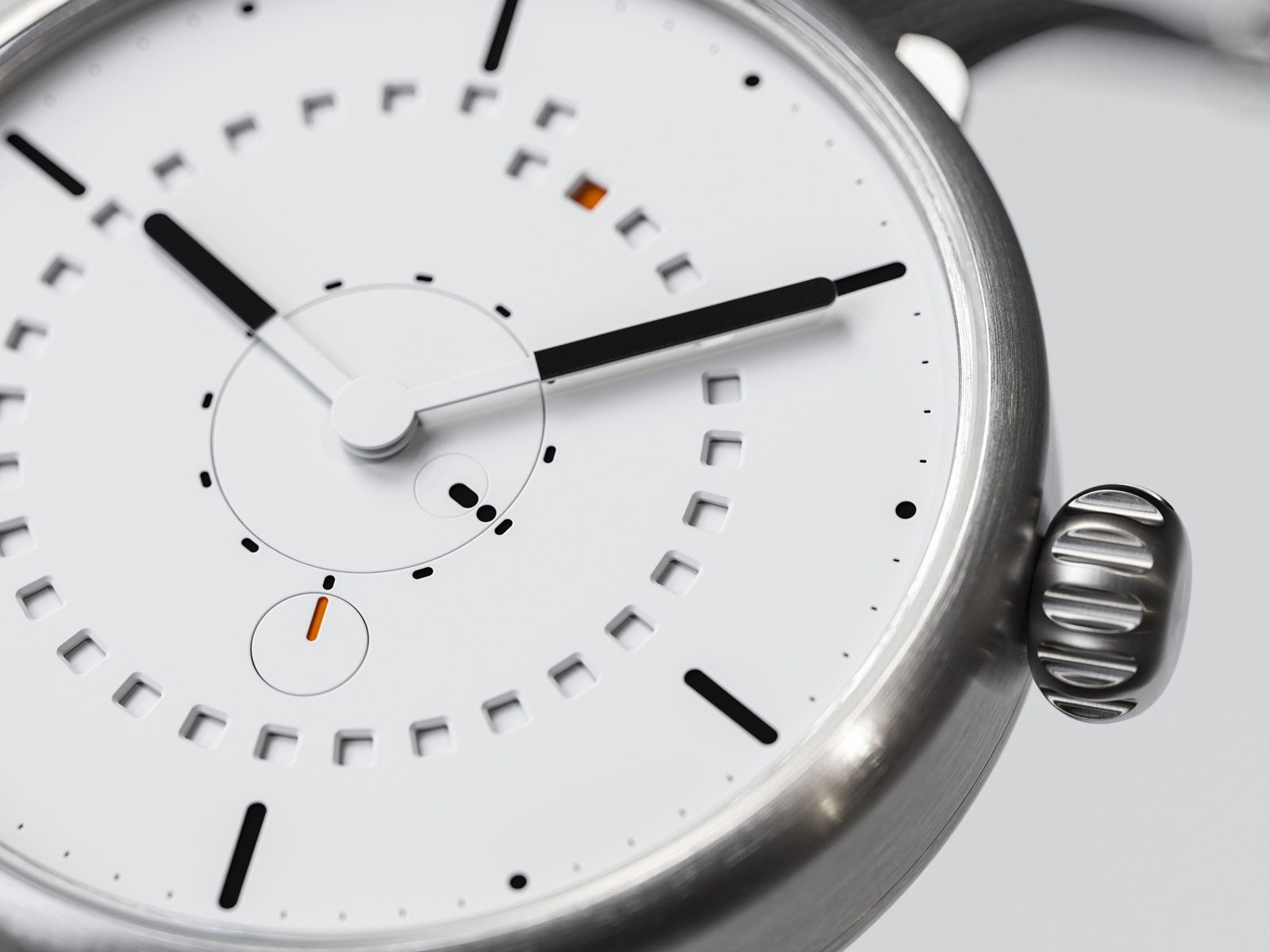
The ingenuity of both movement and display make the CCA an attractive proposition. Even though it costs more than the price originally mooted when the prototypes were shown to existing owners of Ochs und Junior watches three years ago, it remains a value buy in terms of perpetual calendars.
The only down is arguably the lack of customisation. That would not be a problem with any other watch, but because Ochs und Junior has historically offered a bewildering variety of options for customers to choose from – practically every visible component of the watch could be customised in finish and material – the trio of fixed options for the CCA feels limiting.
For existing clients used to the diversity of before, the first-generation perpetual probably makes more sense given the ability to personalise the design. But for a new client, the CCA is a perpetual calendar that can be purchased fuss free (and for slightly less than the original perpetual calendar model).
Clarity
Like all Ochs und Junior watches, the CCA has a quirky but logical sensibility in its dial design. Hours and minutes are indicated by central hands, and the seconds on a small disc at six o’clock.
The date is indicated by a dot visible within the 31 square apertures arrange in a spiral around the dial.
At the centre of the dial, located on the same axis as the hands, is a disc that indicates the month of the year with a circle against the 12 hashmarks. And within the month disc is a smaller leap year disc – a leap year occurs when the hashmark on the leap year disc lines up with the circle on the month disc.
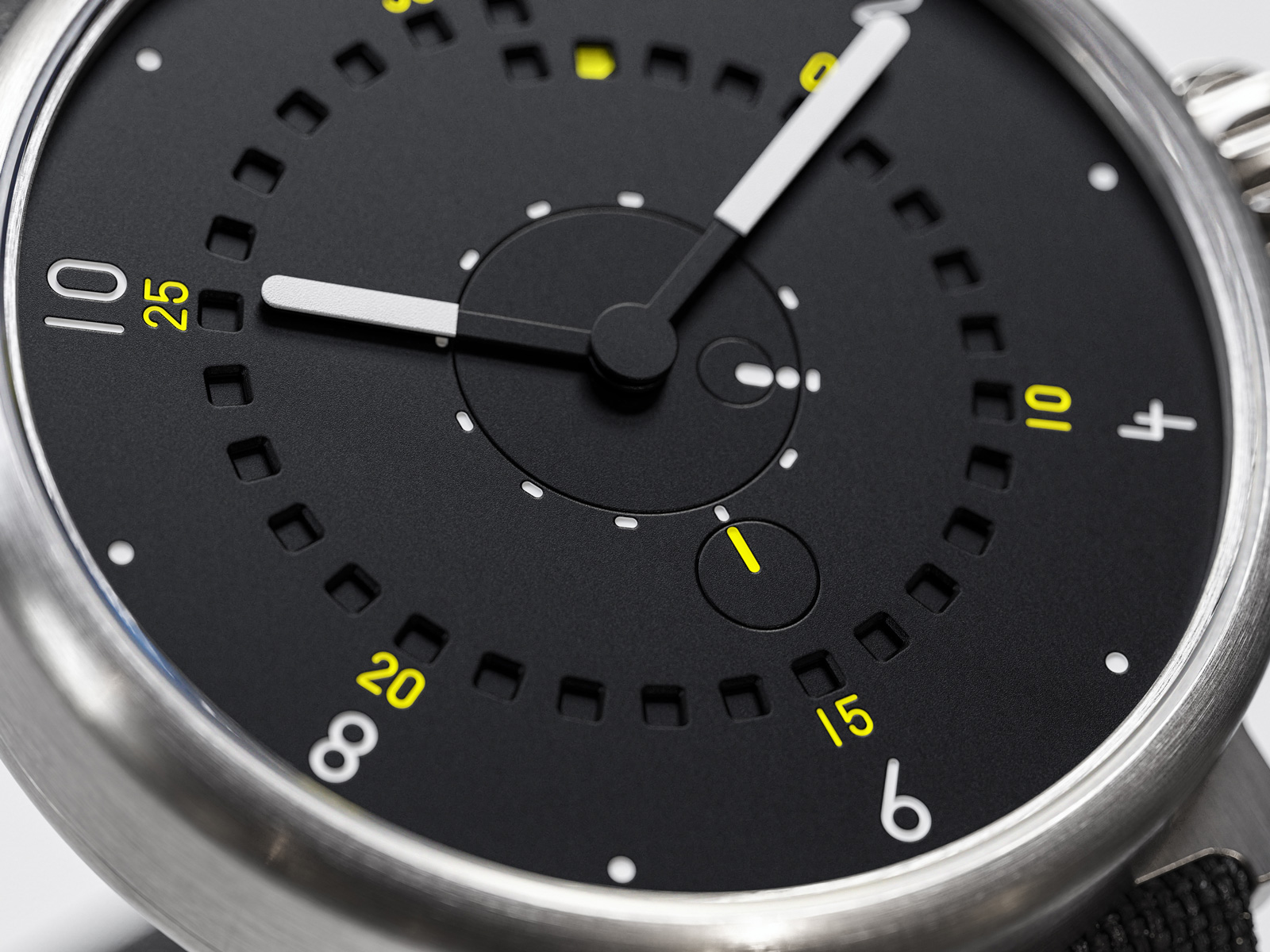
All of that is driven by a perpetual calendar mechanism made up of just nine parts that are ingeniously mounted on the back of the dial, which has been milled out to function as a plate for the calendar:
- Brass dial with functional back
- Date disc
- Annual star wheel
- Main plate
- Gear wheel
- Month wheel
- Gear “finger”
- Transmission wheel for month end
- Wheel for month end
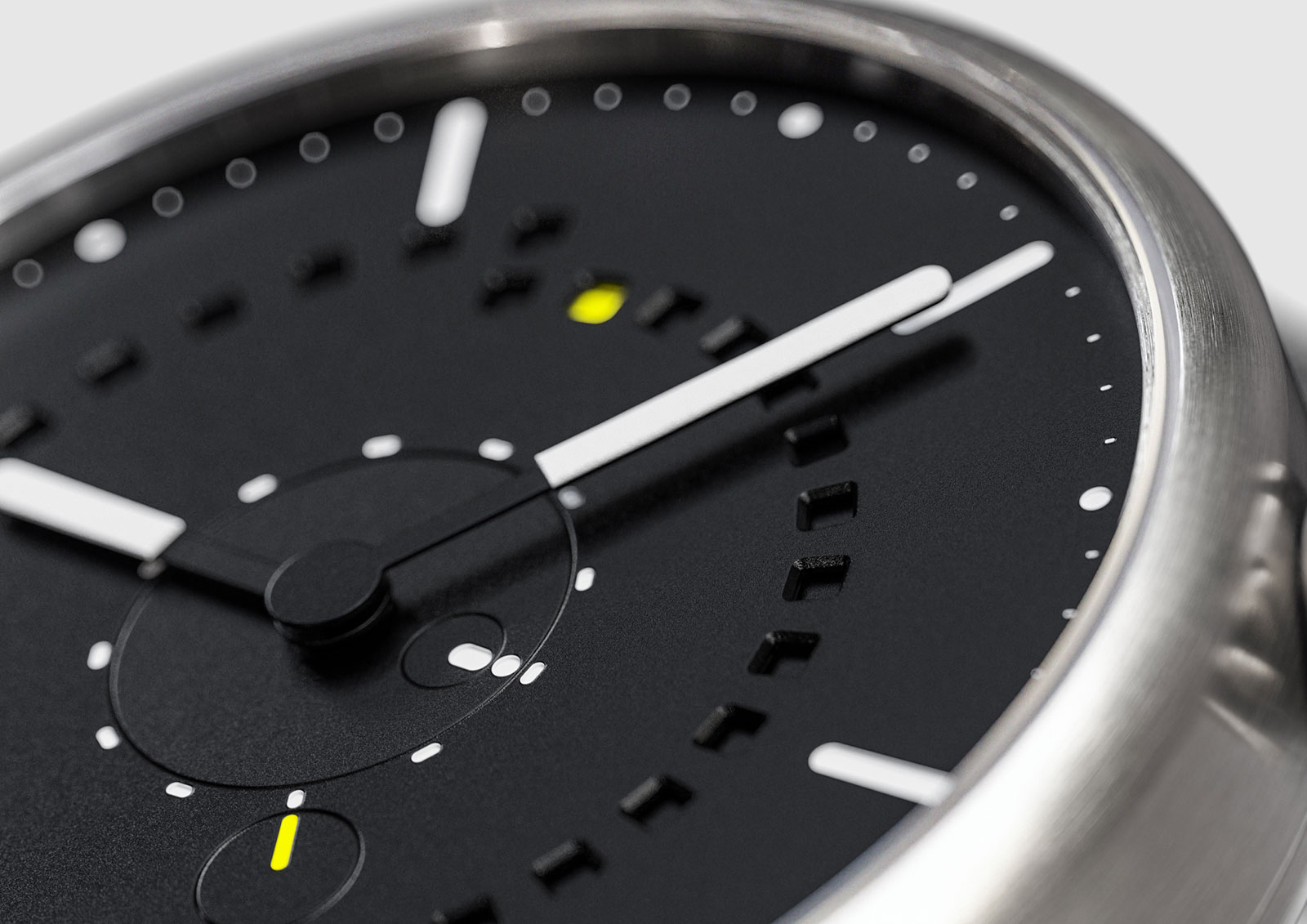
All three versions of the CCA share the same function and dial layout, but the CCA III is notable for having Arabic-numeral hour and minute markers, making it one of the handful of Ochs und Junior watches with numerals on its dial. The look brings to mind the legible dials of aviator’s watches, setting the CCA III apart from the typically geometric style of the typical Ochs und Junior watch.
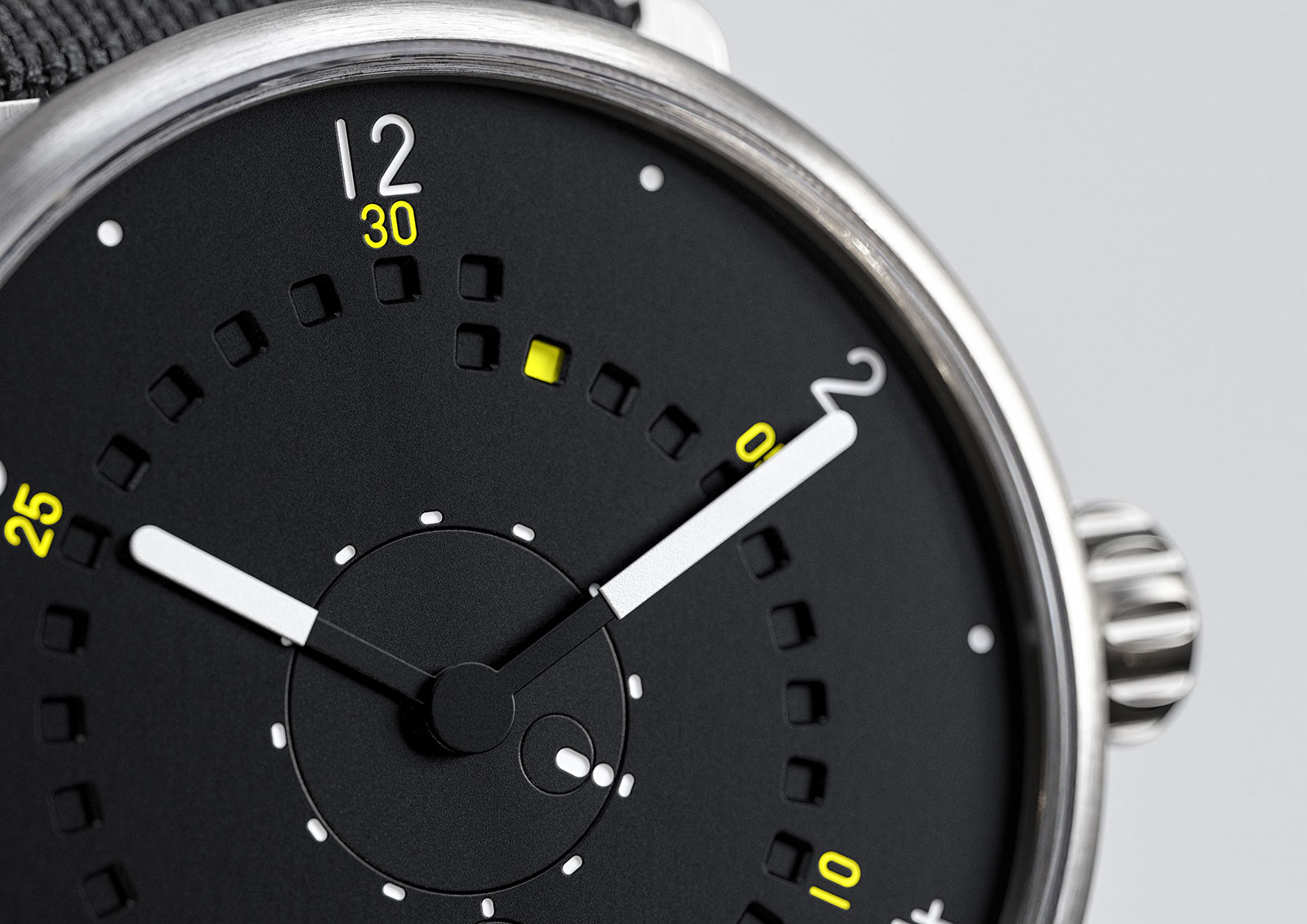
As is typical of Ochs und Junior, the CCA is as wearable as it is simple: the case is 40 mm in diameter and made of lightweight titanium. Available either in natural-finish titanium or with a black ceramic coating, the case has short, stubby lugs, and a useful water-resistance rating of 100 m.
Made of two parts – middle and back – the case is milled and then left as is, which means milling marks are visible on its surfaces, something that’s become an Ochs und Junior trademark.
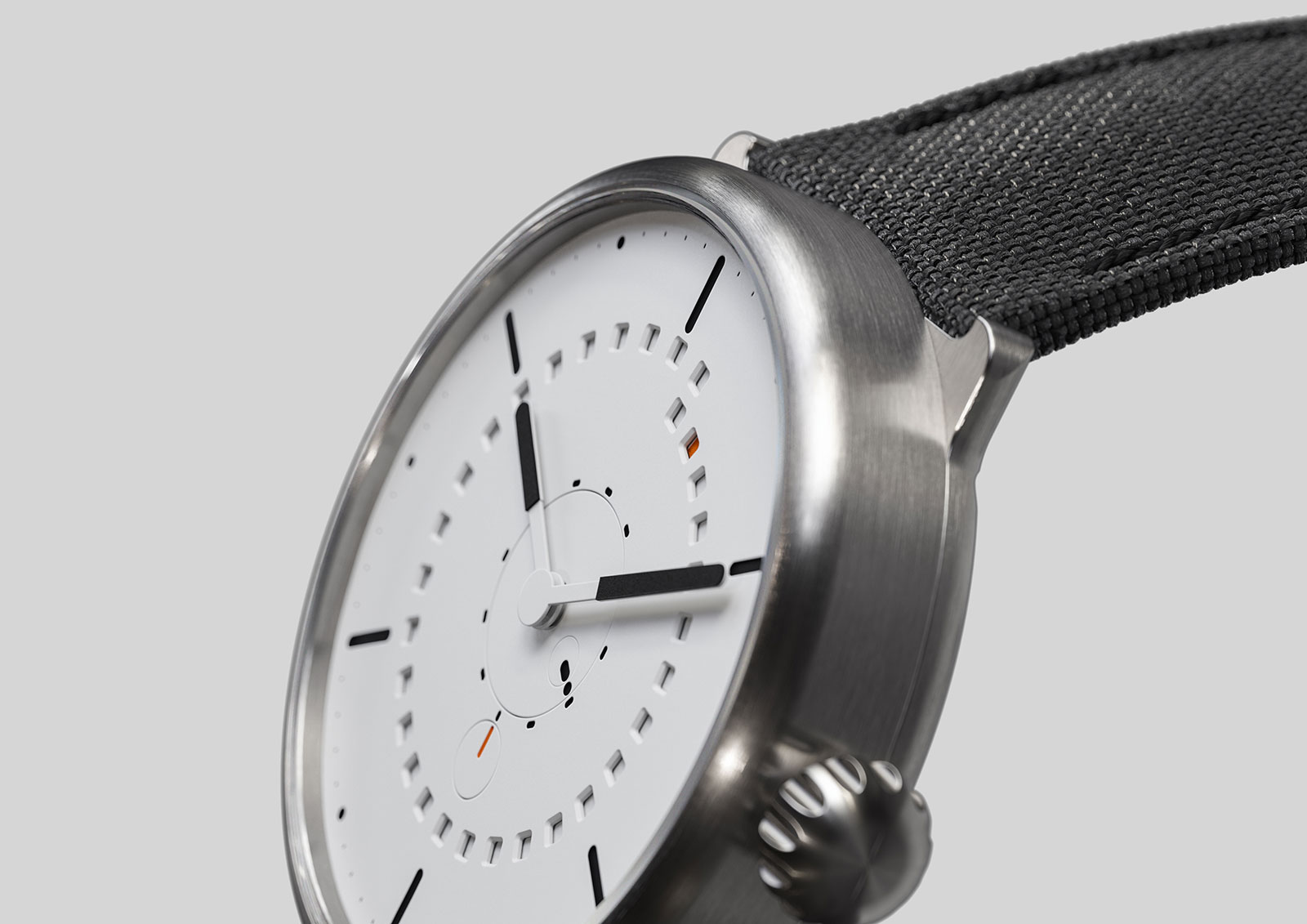
The movement is the UN320, the workhorse in-house automatic calibre made by Ulysse Nardin. The movement has its hairspring, pallet lever, and escape wheel in silicon, all of which would not traditionally be found in watches made by a niche brand like Ochs un Junior, but possible here because Ulysse Nardin owns a minority stake in Ochs und Junior.
Key Facts and Price
Ochs und Junior Calendario Cent’anni
Diameter: 40 mm
Thickness: 11 mm
Material: Titanium with optional black coating
Crystal: Sapphire
Water resistance: 100 m
Movement: Ulysse Nardin UN320 with Ochs und Junior calendar module
Functions: Hours, minutes, seconds, and perpetual calendar with leap year display
Winding: Automatic
Frequency: 28,800 beats per hour (4 Hz)
Power reserve: 50 hours
Strap: Synthetic fabric
Availability: Now, direct from Ochs und Junior with 50% deposit upon order and delivery in summer 2021
Price: CHF15,230 excluding taxes
For more, visit ochsundjunior.swiss.
Correction April 26, 2021: The CCA is regular production, and not a limited edition as stated in an earlier version of the article.
Back to top.